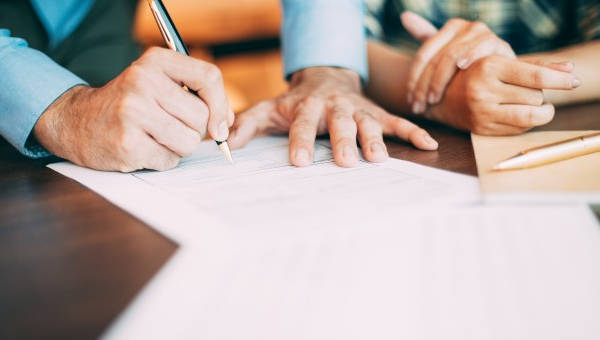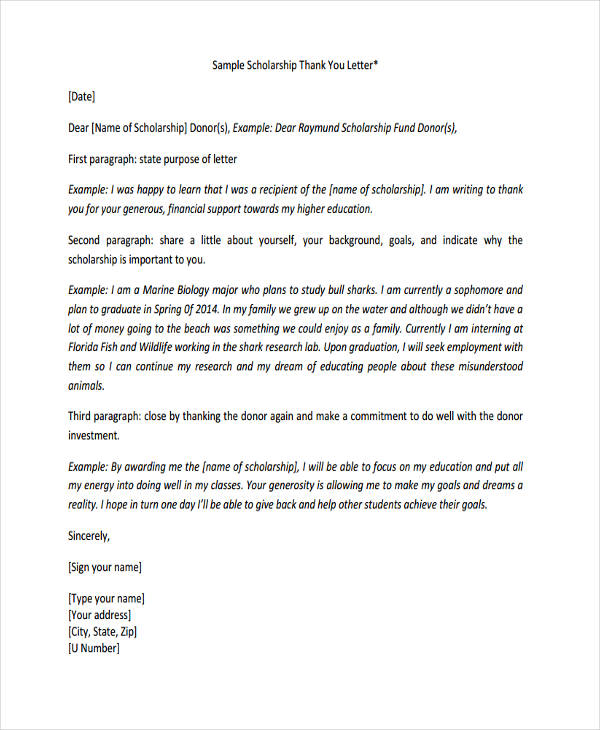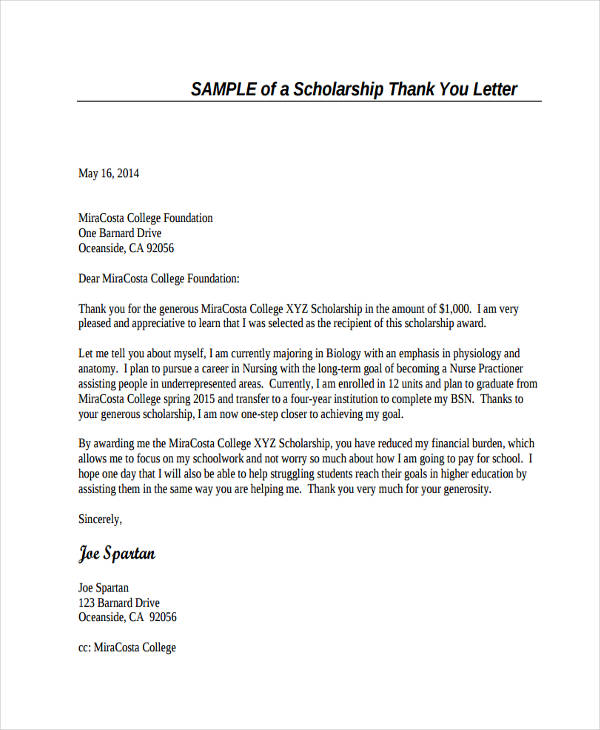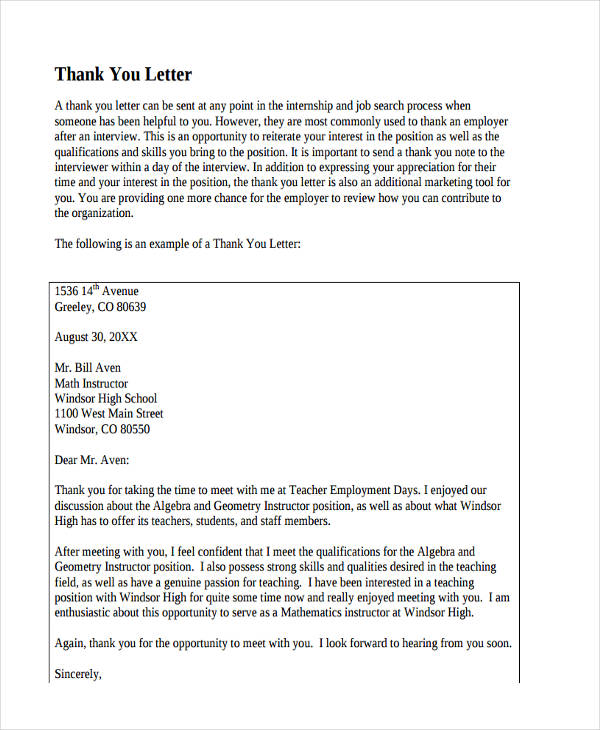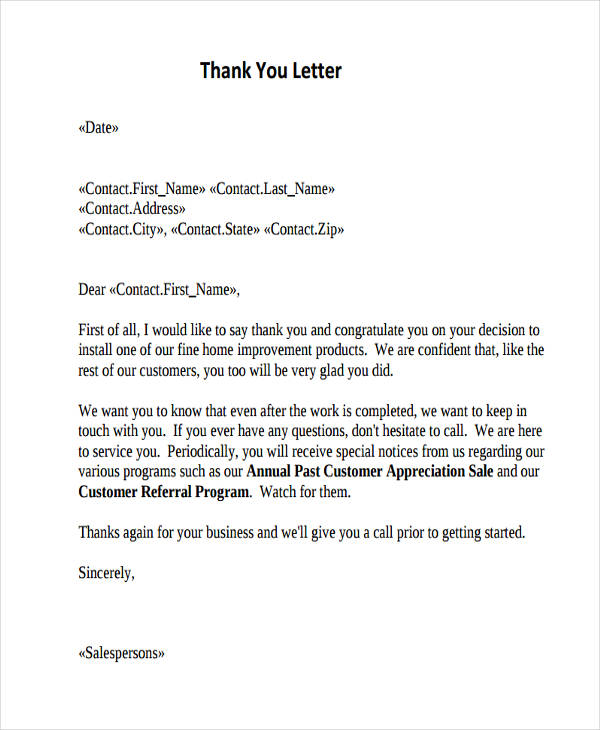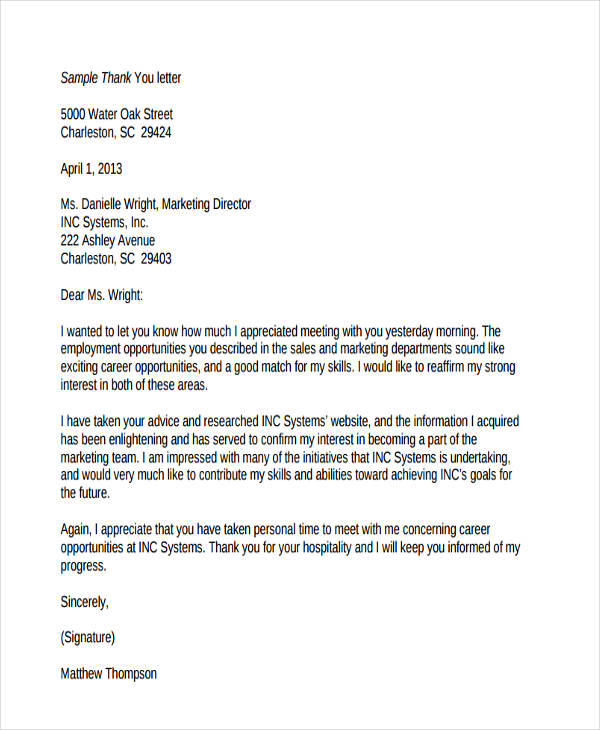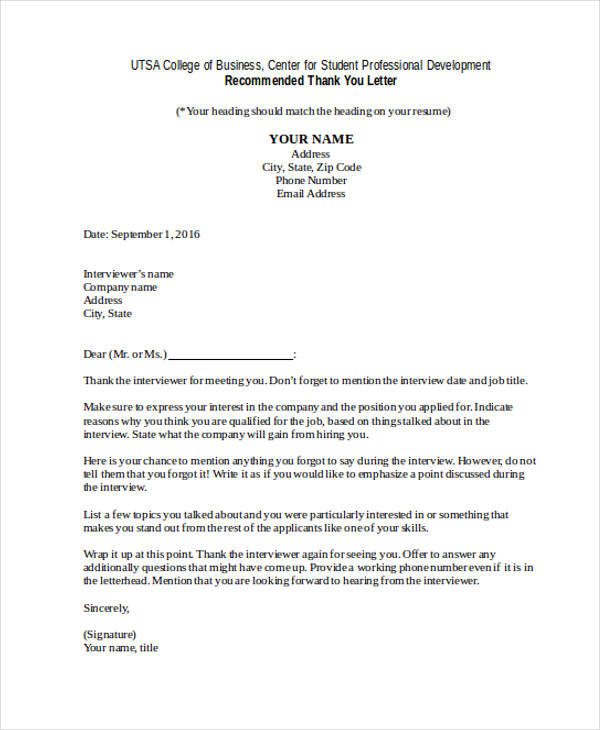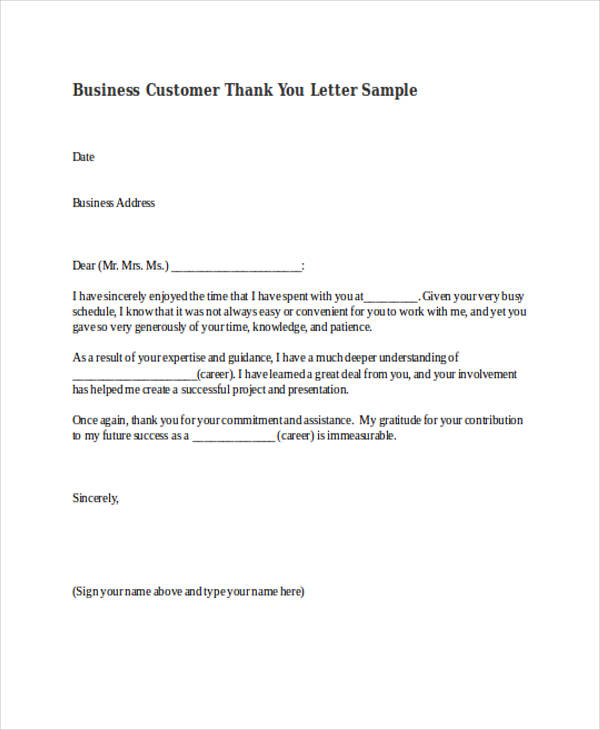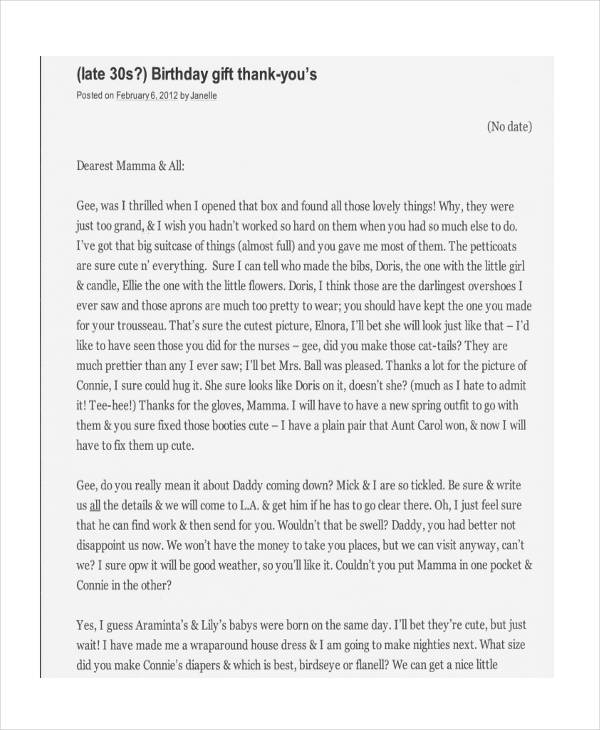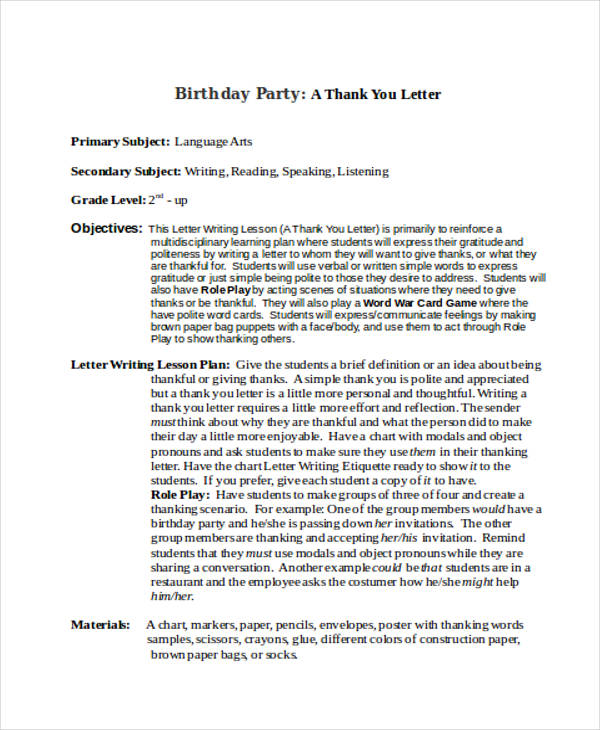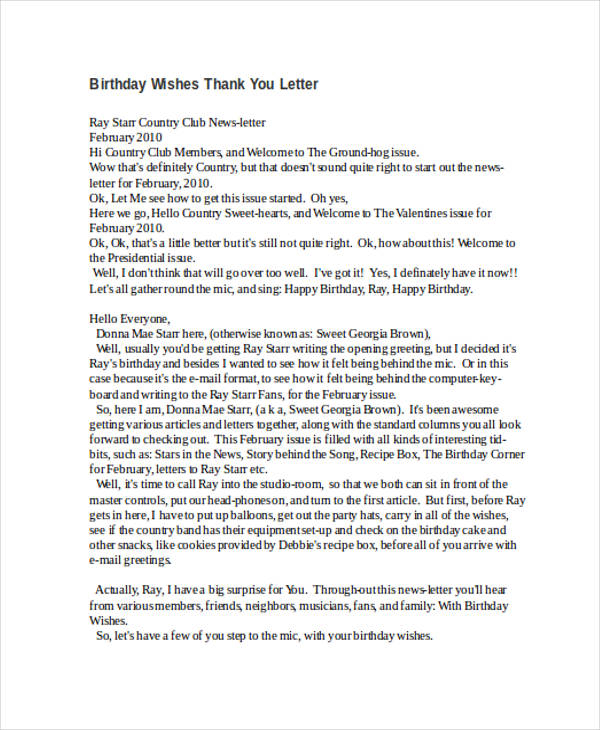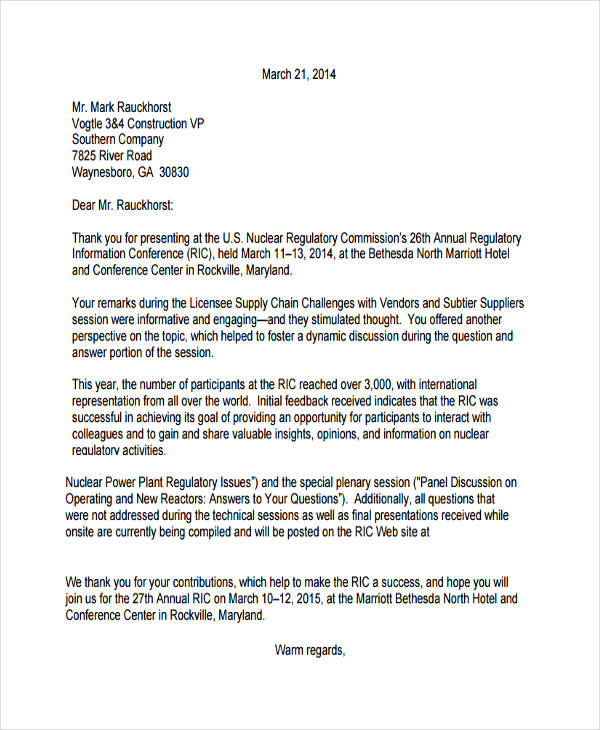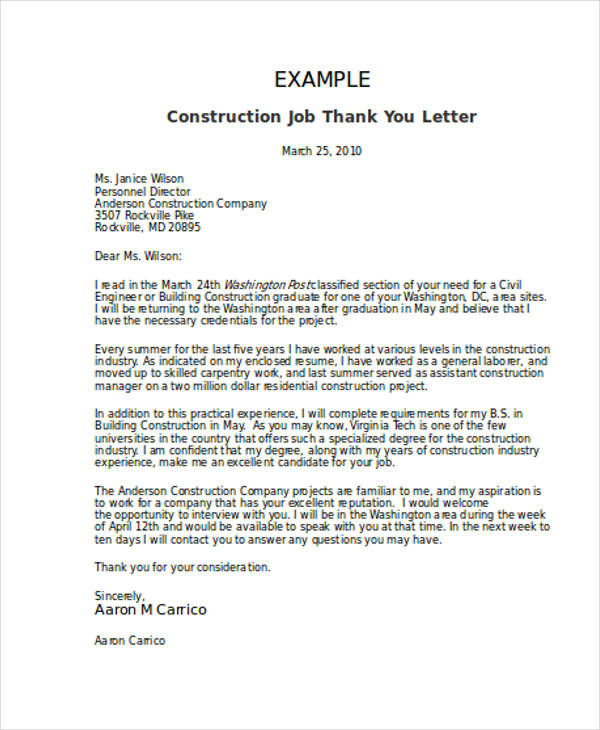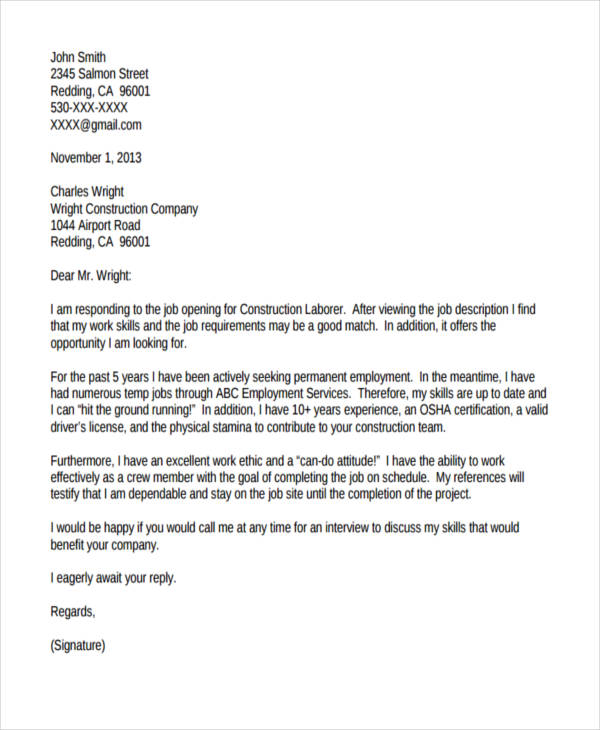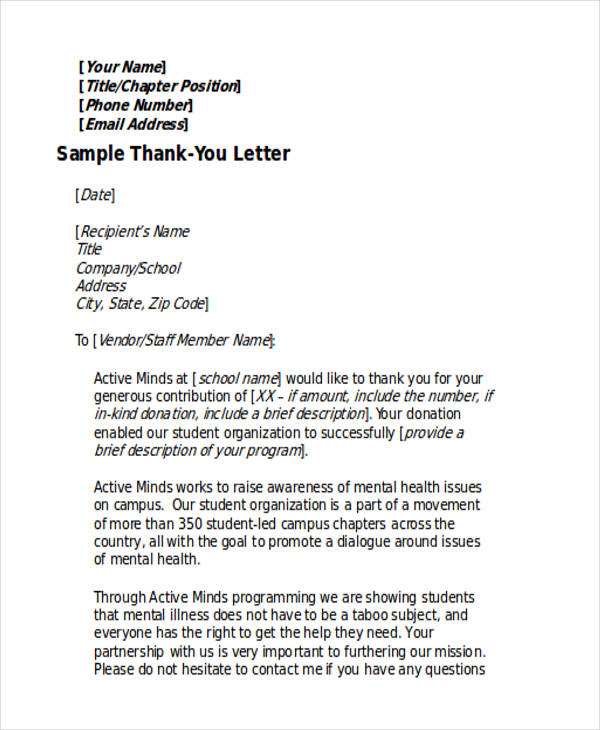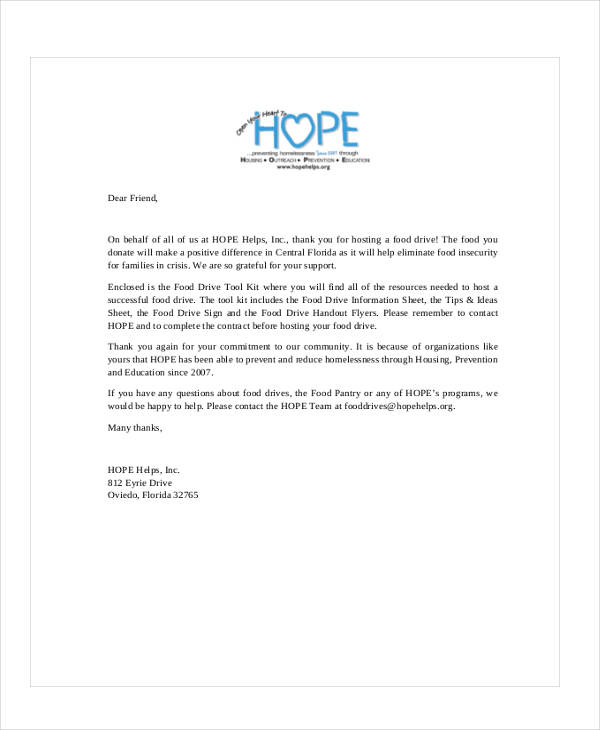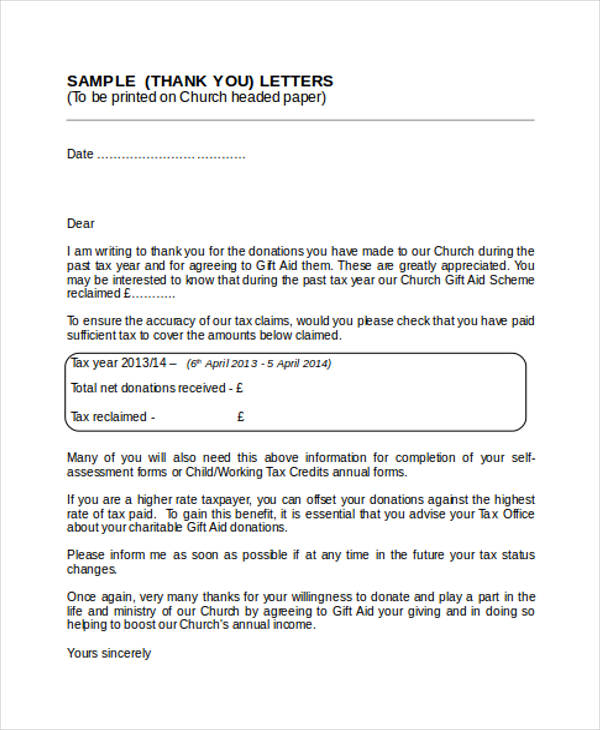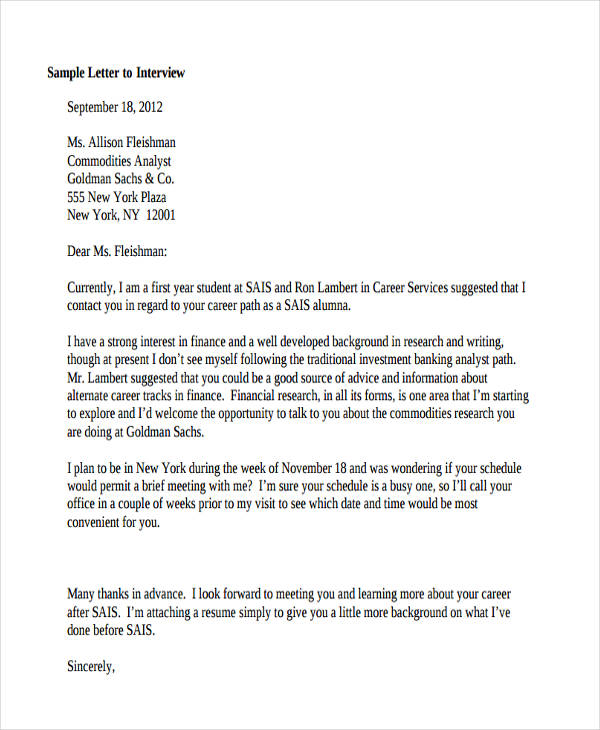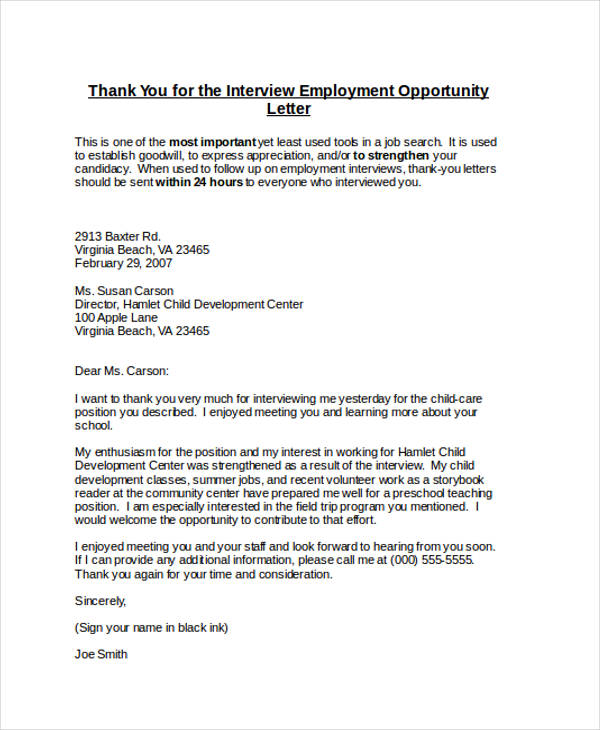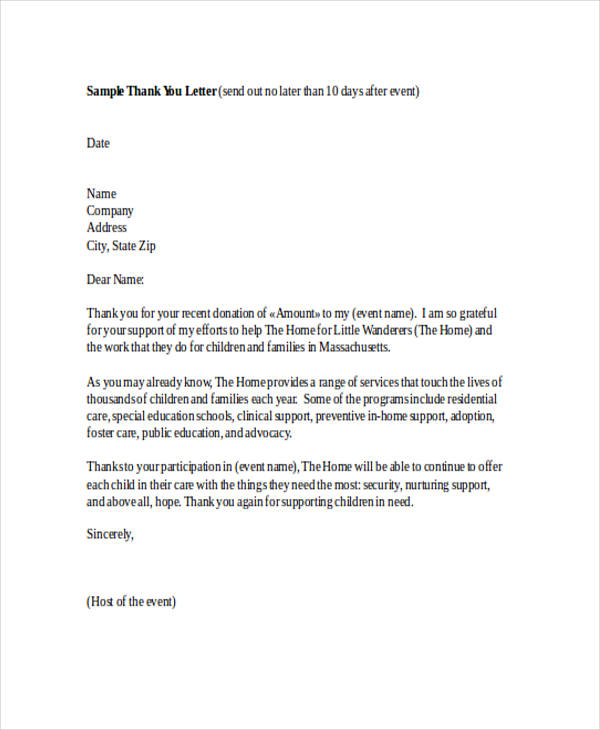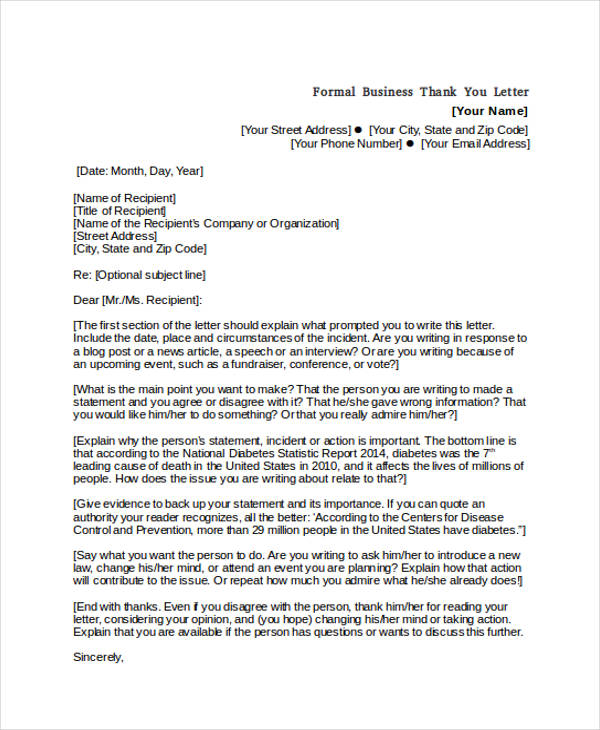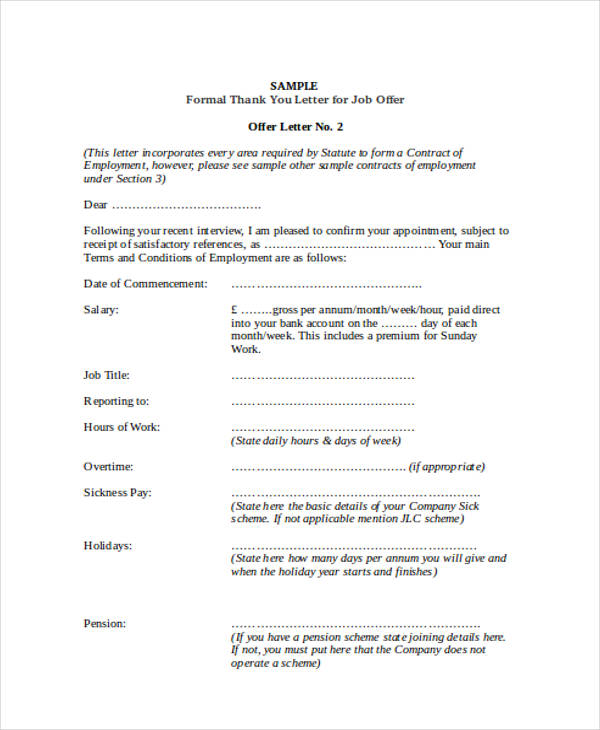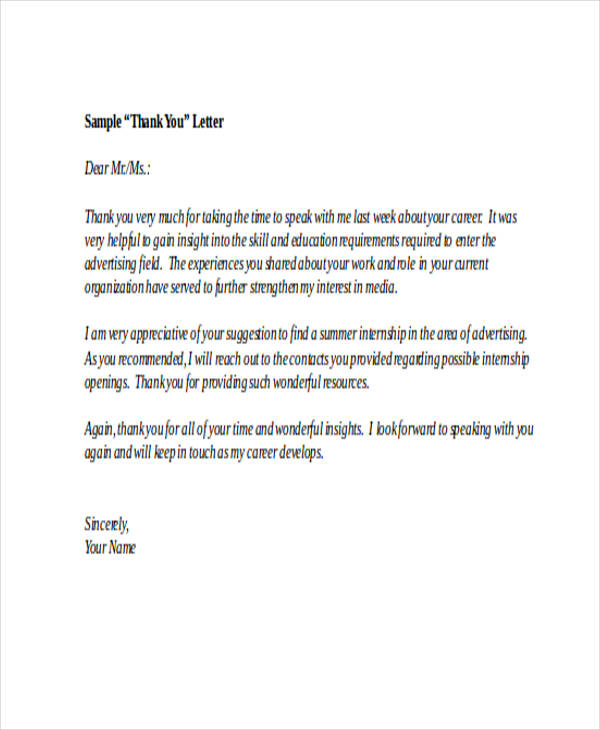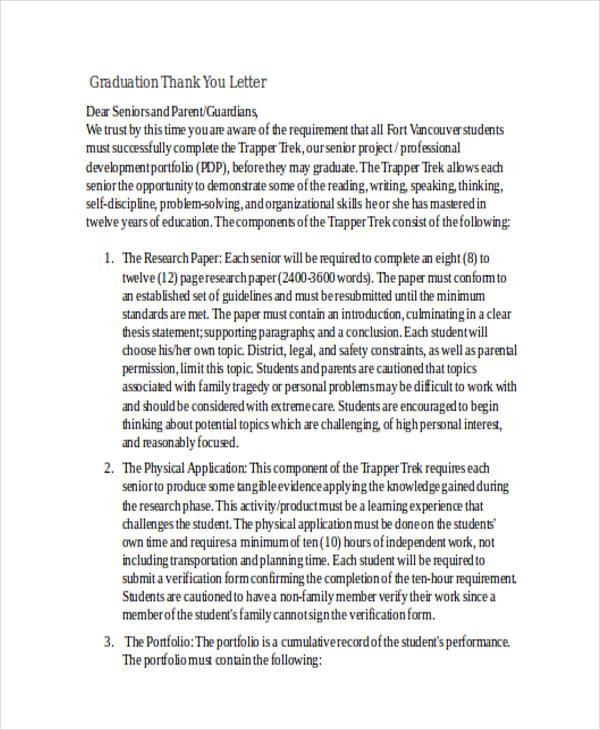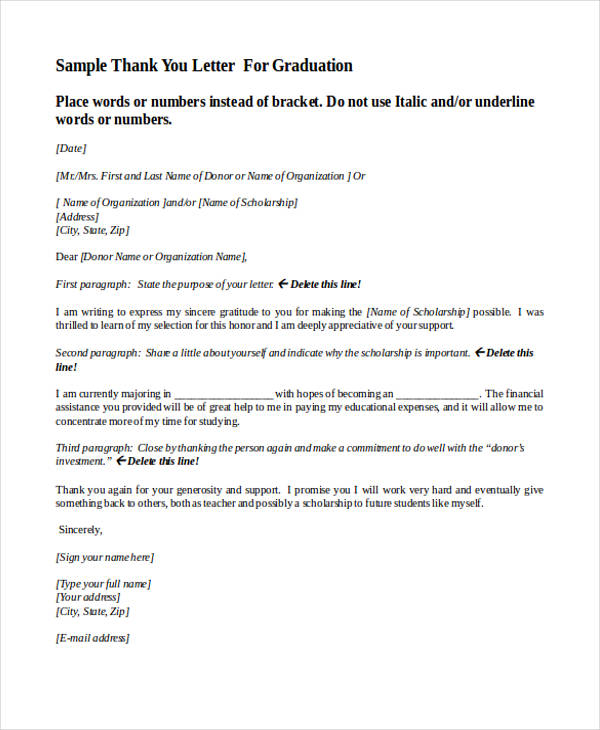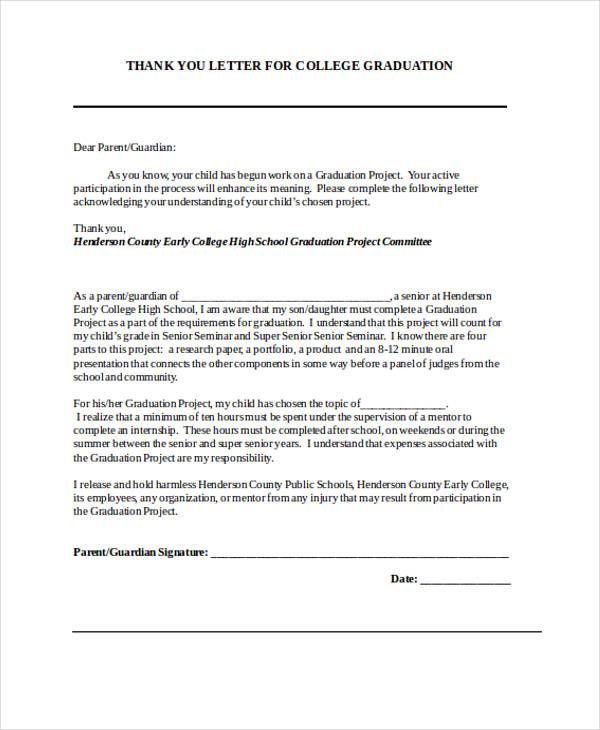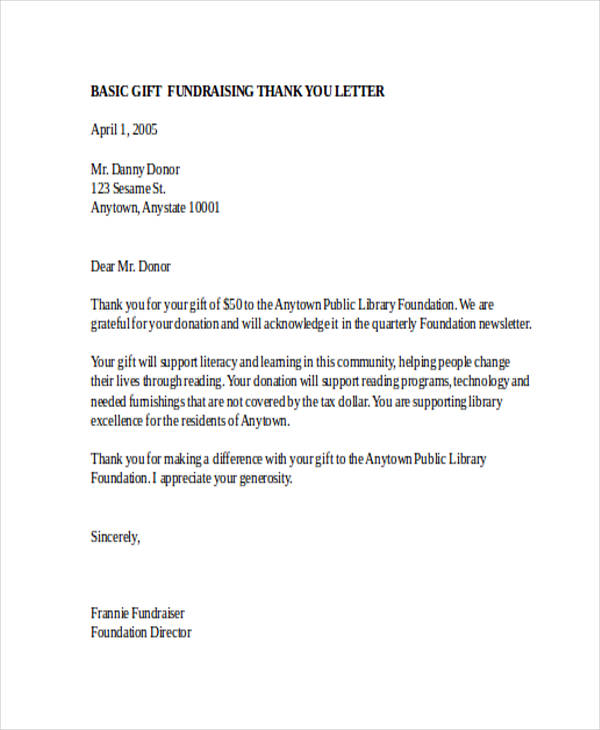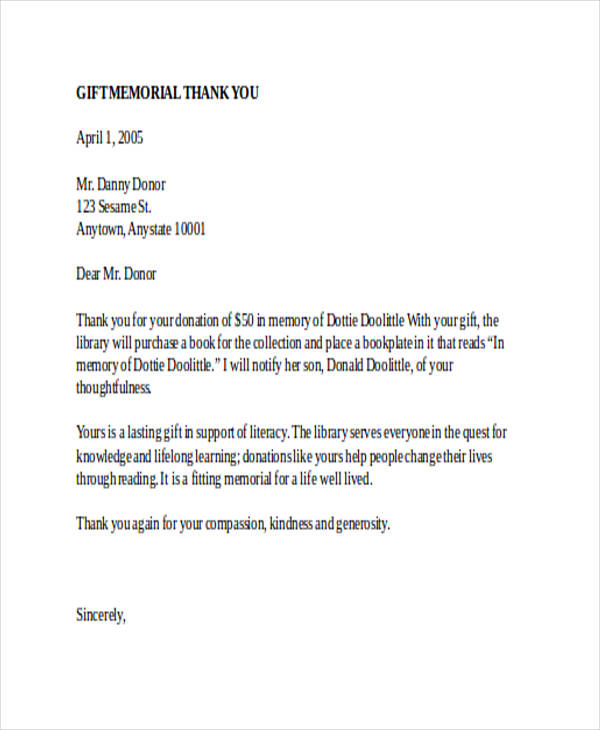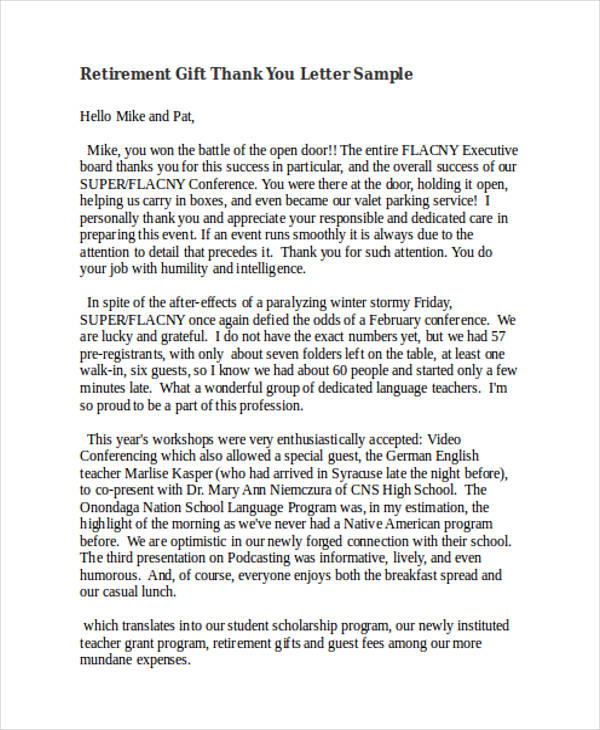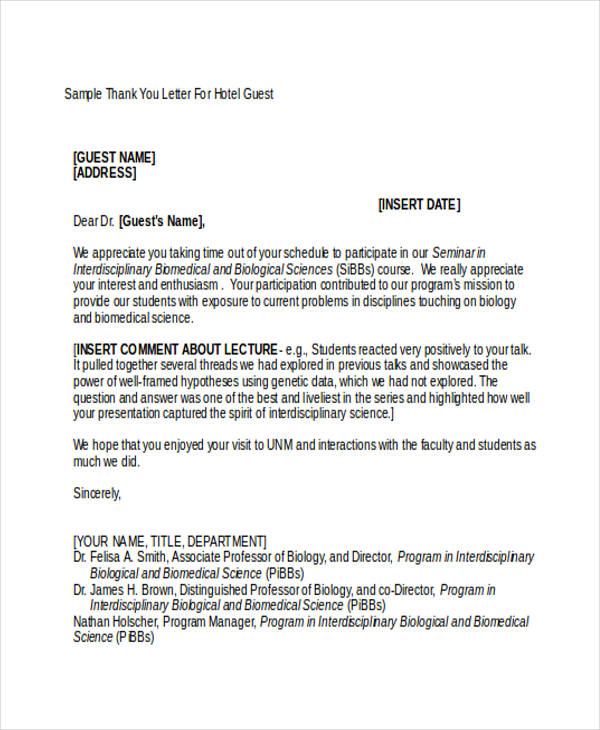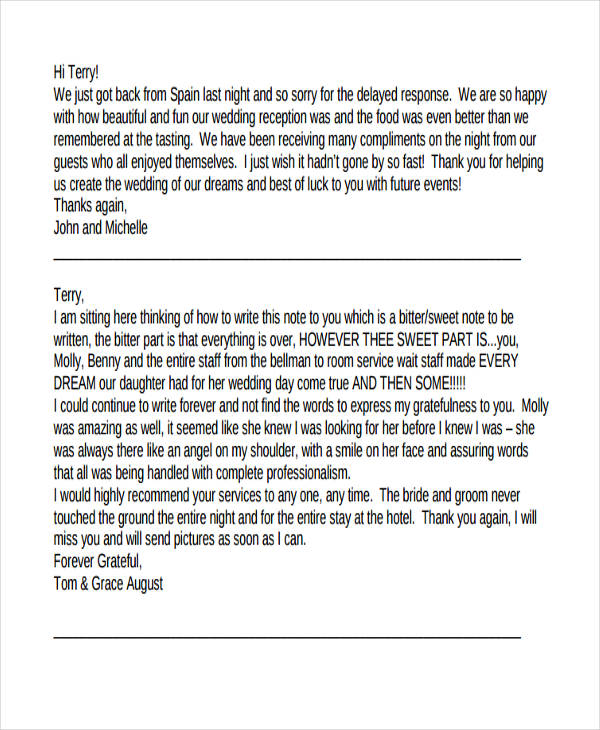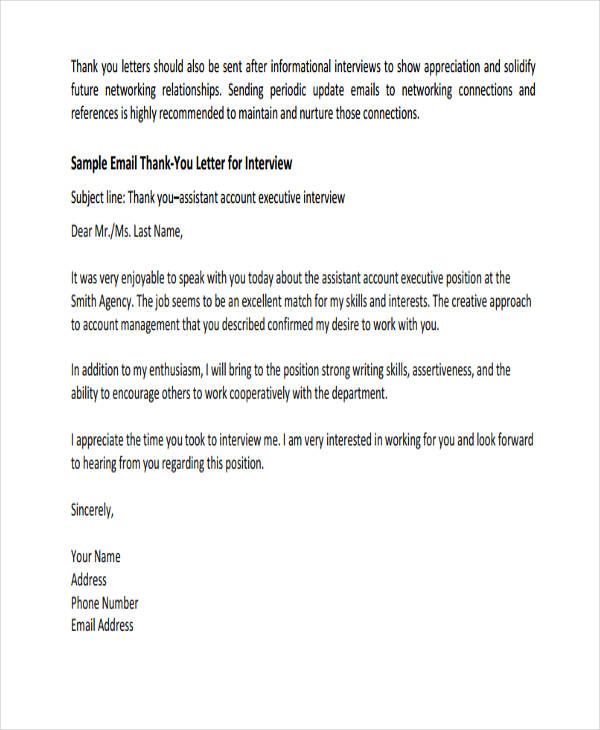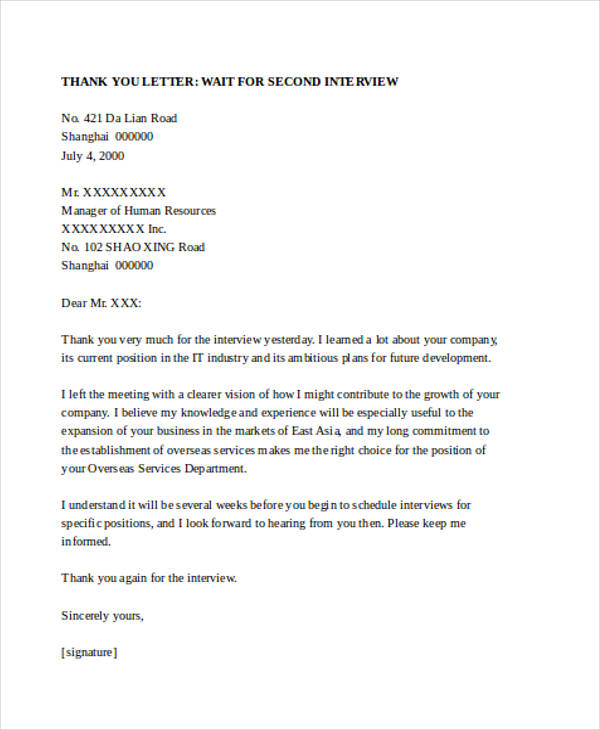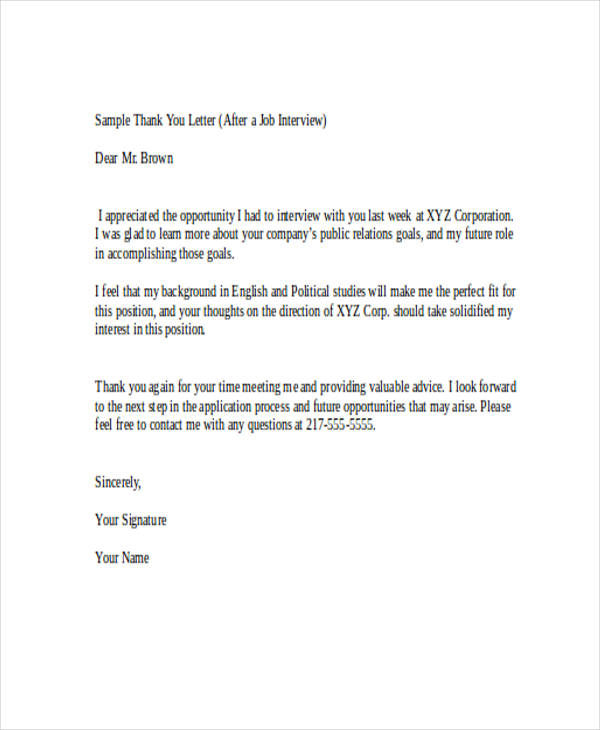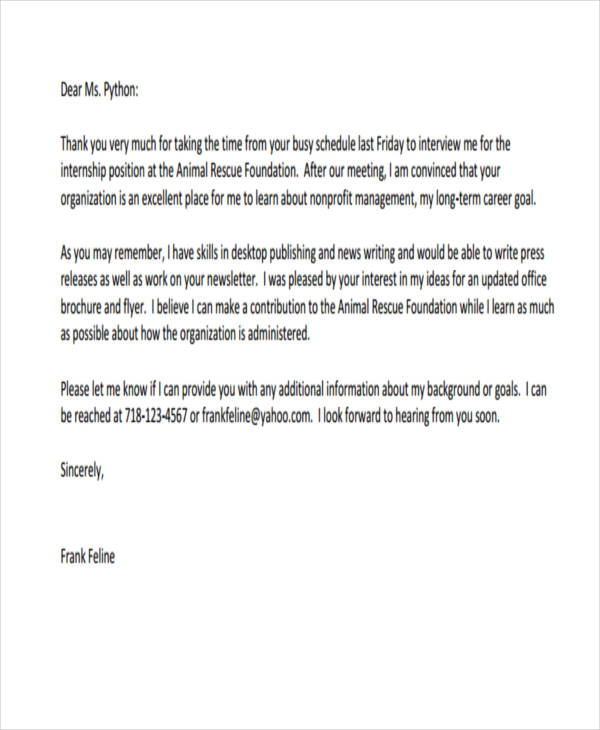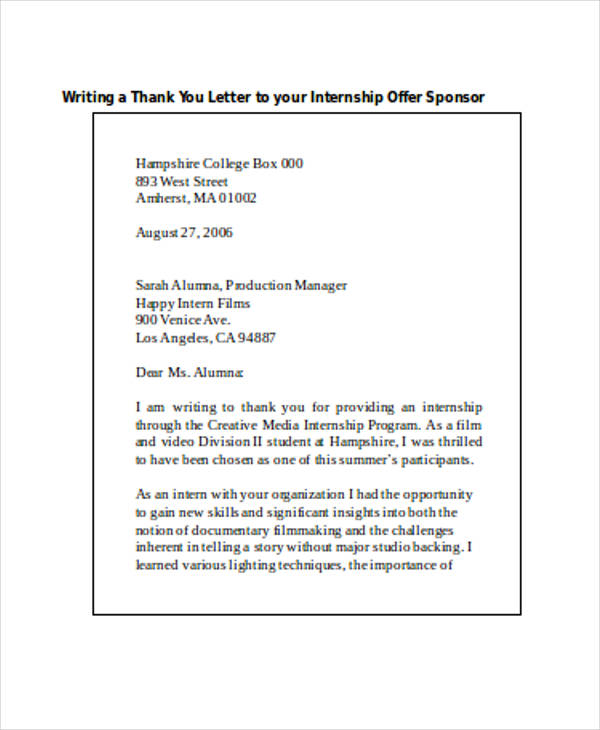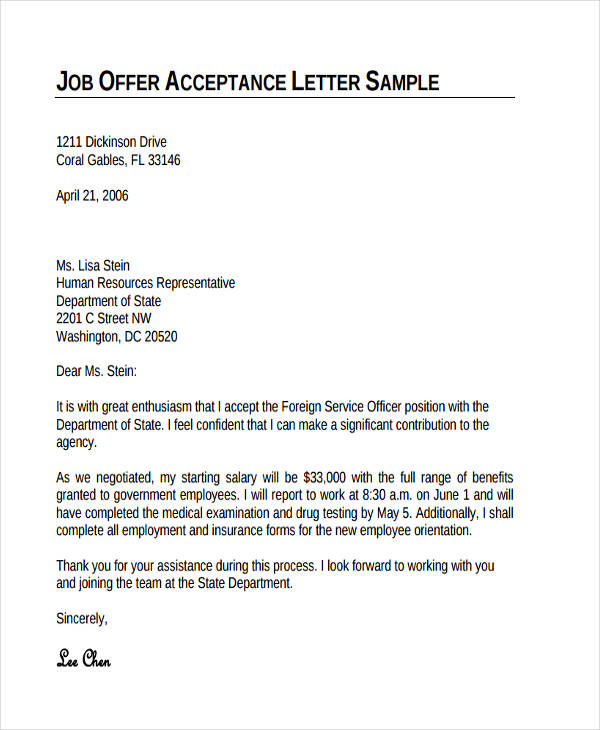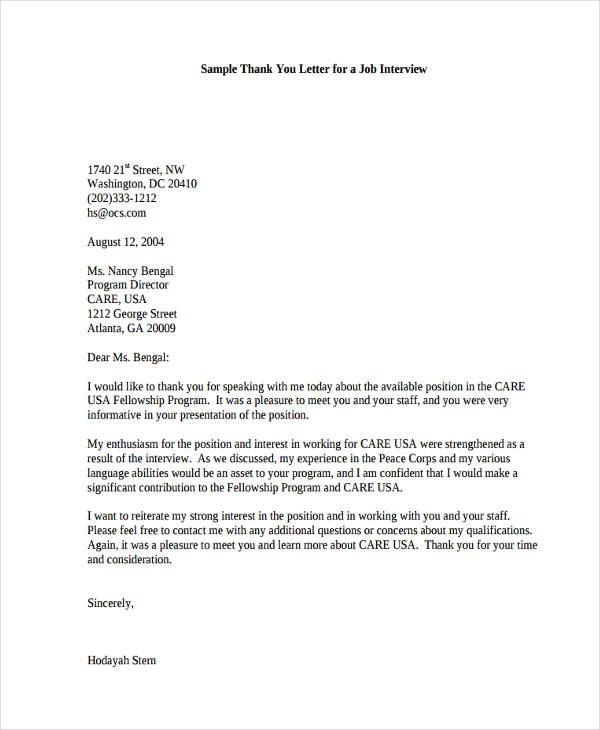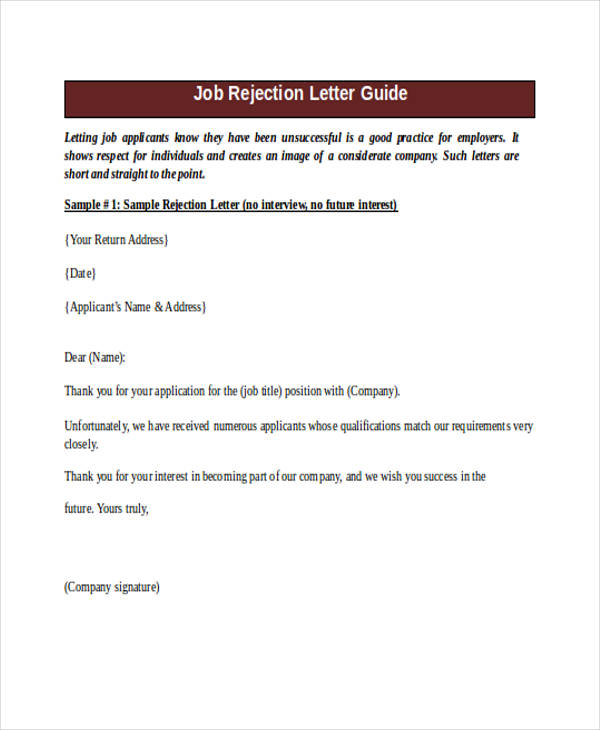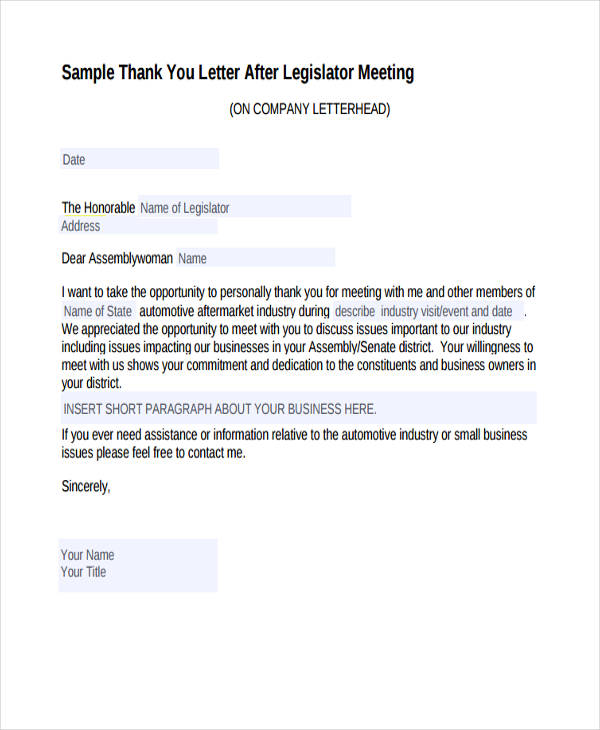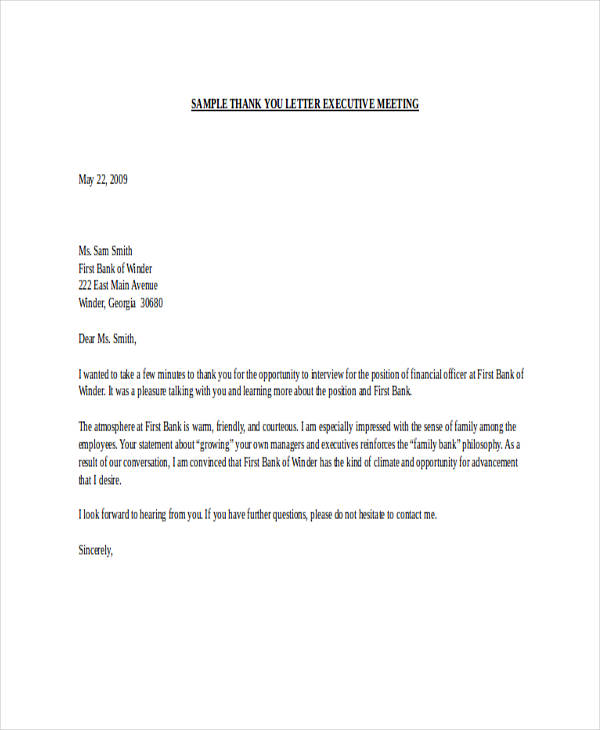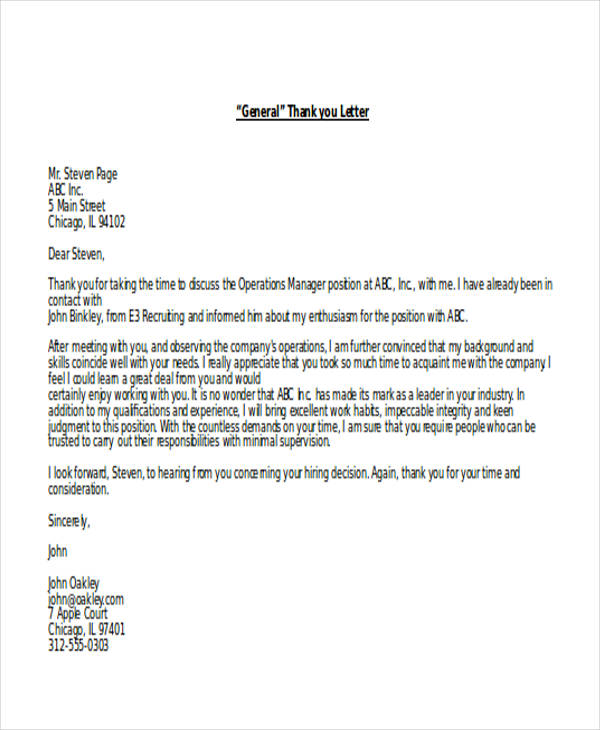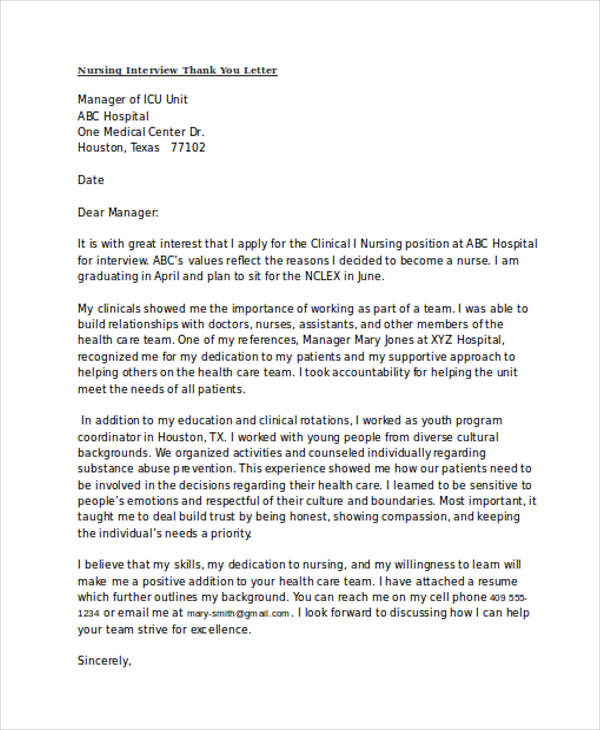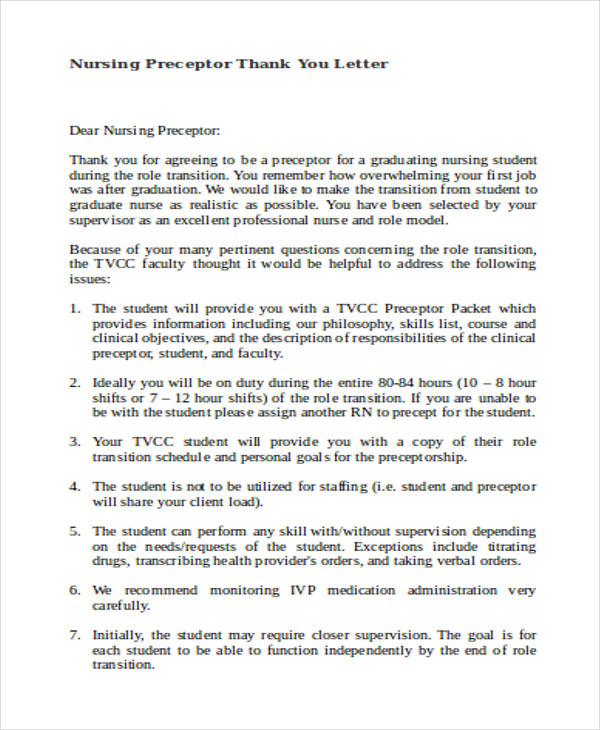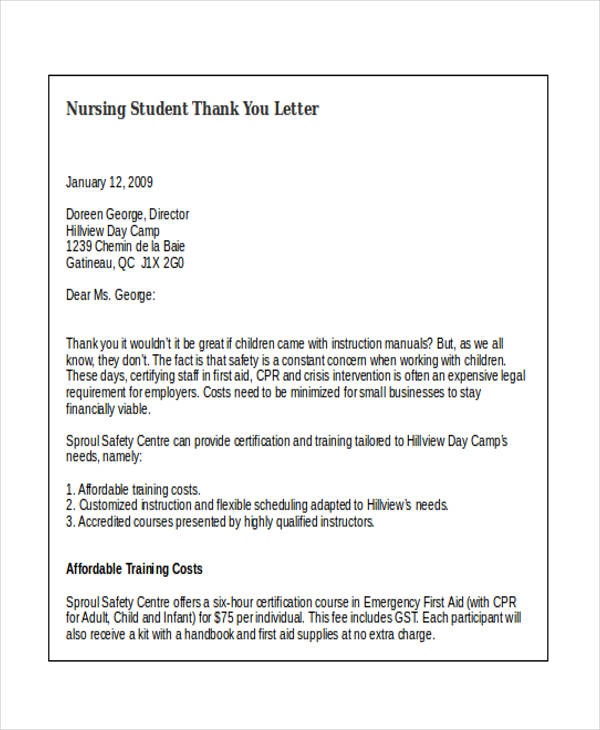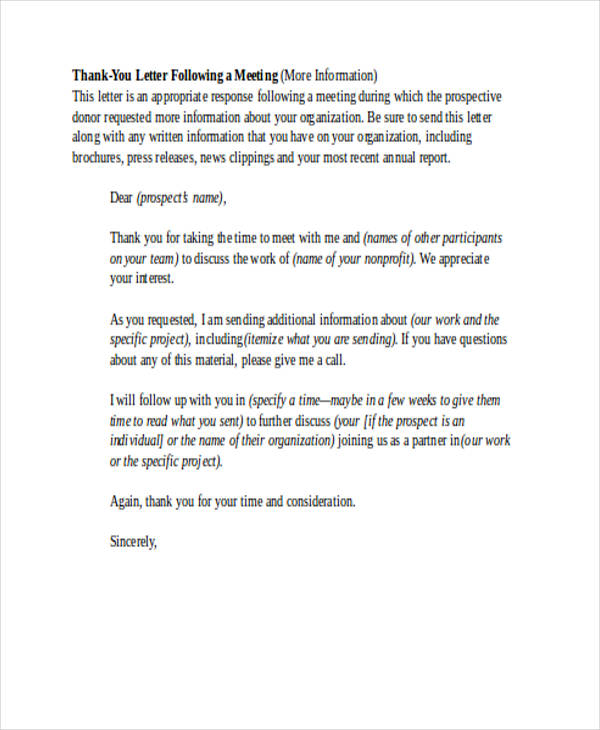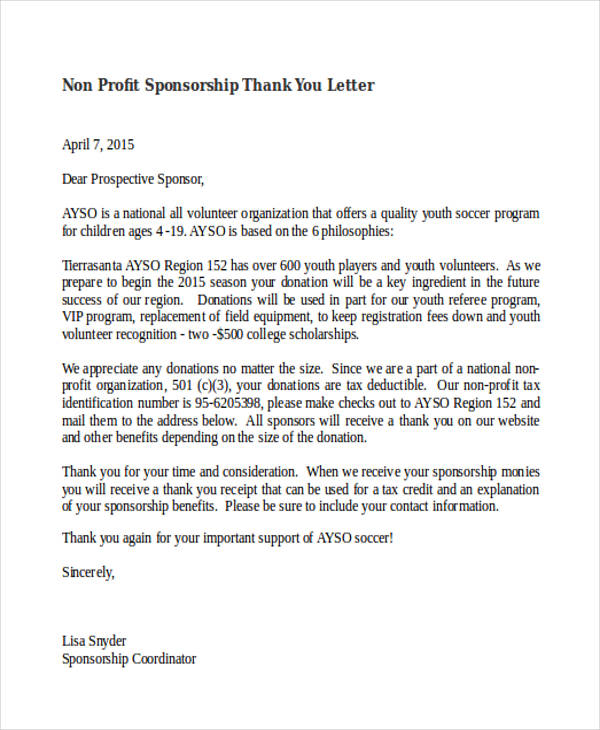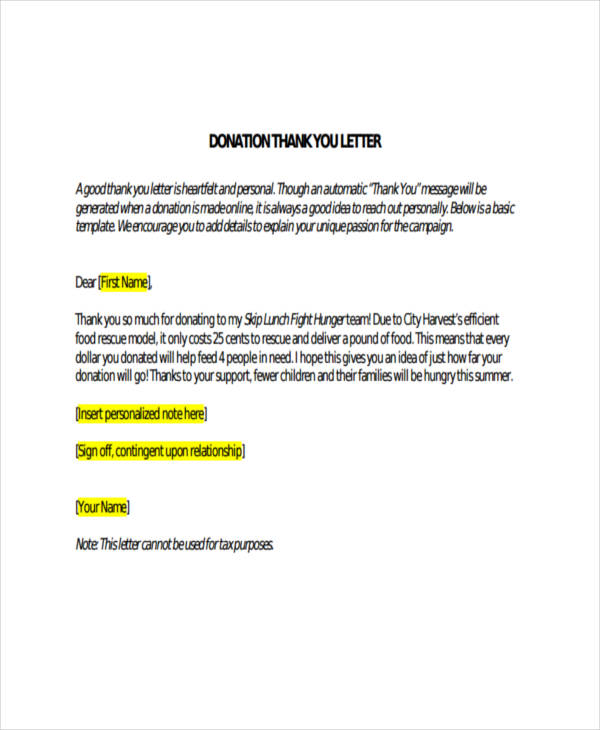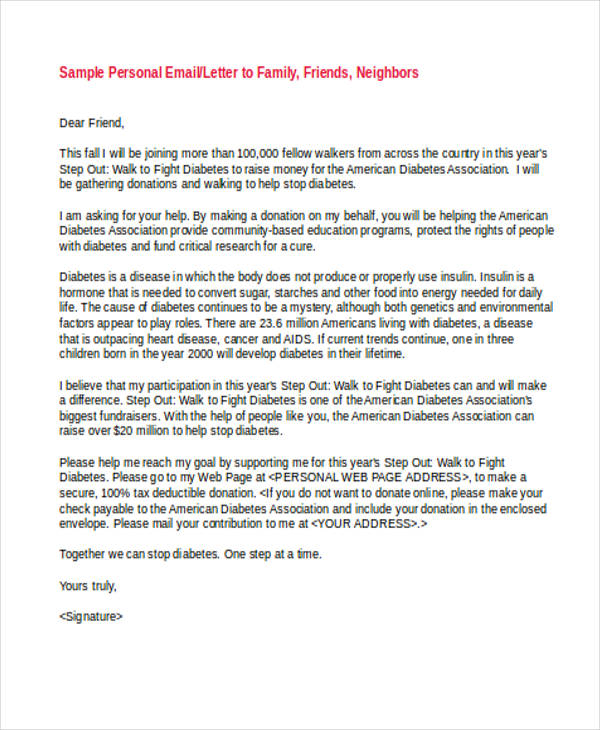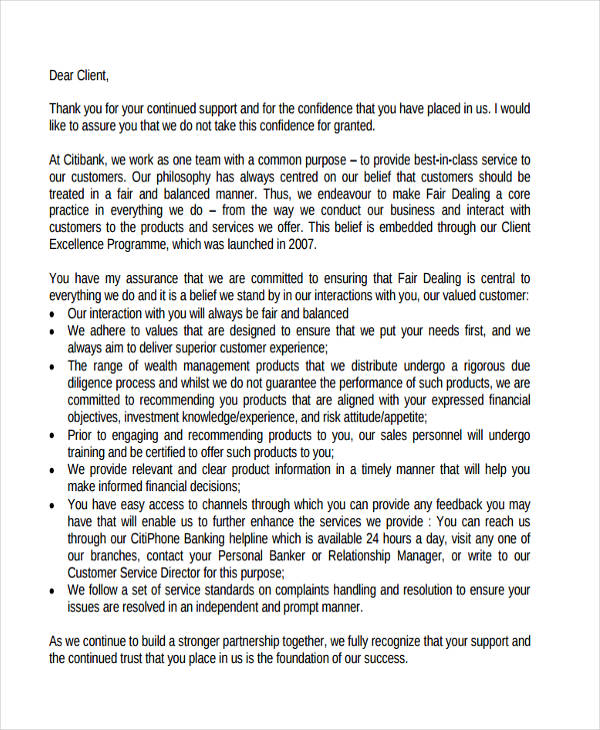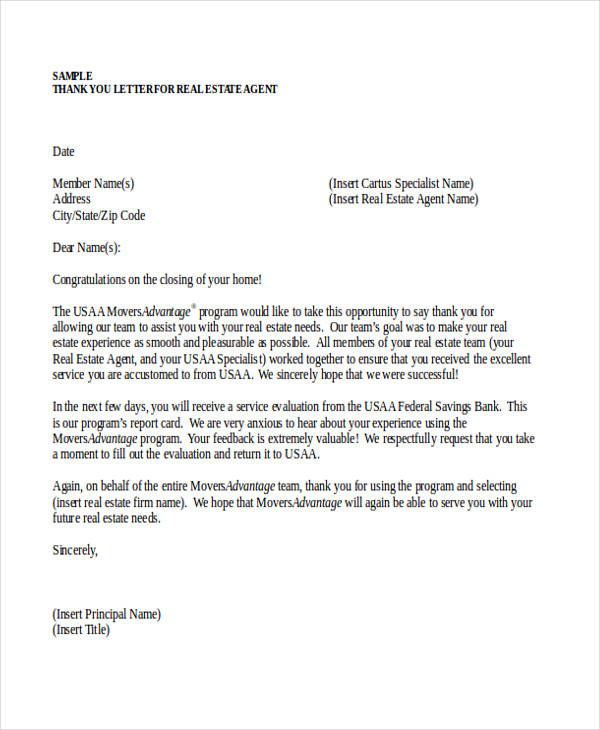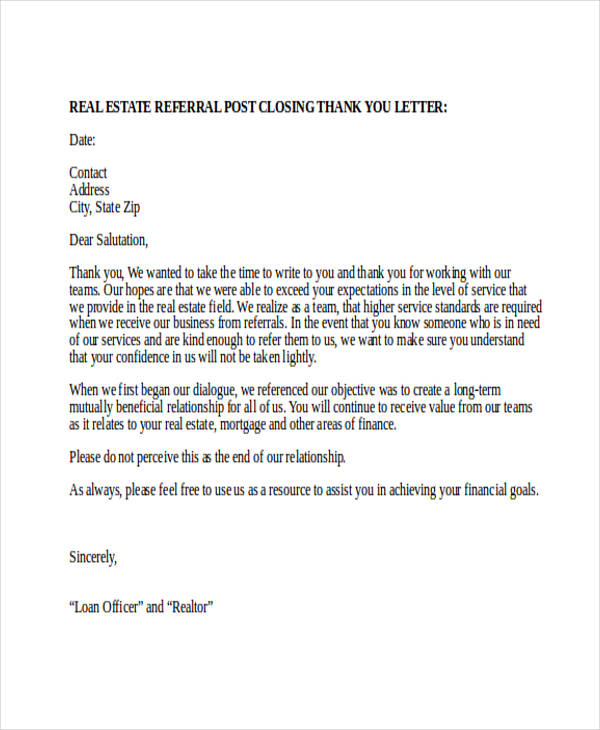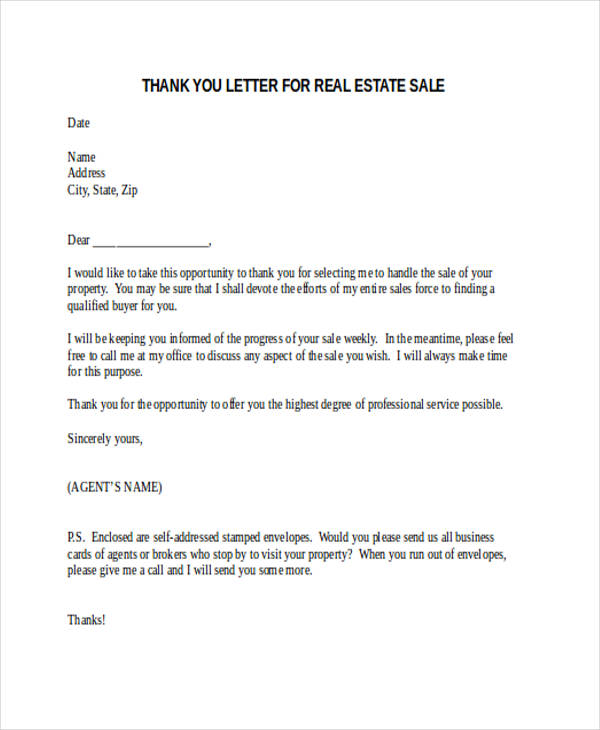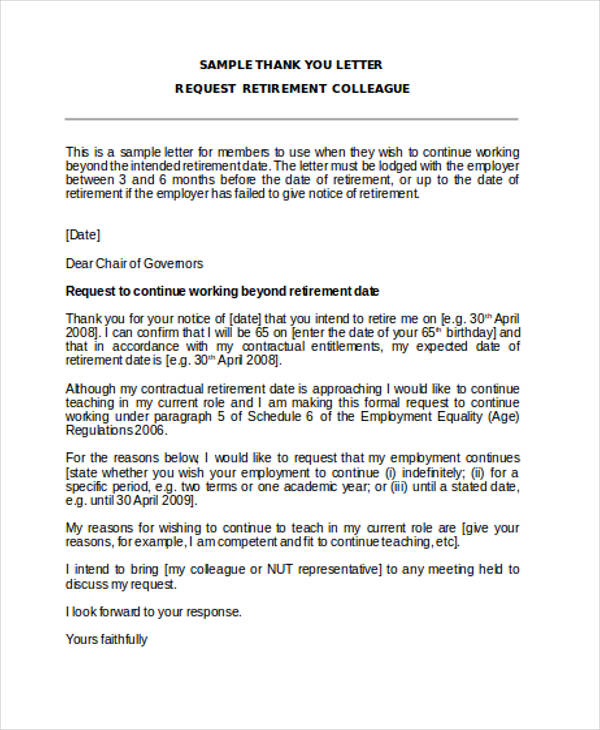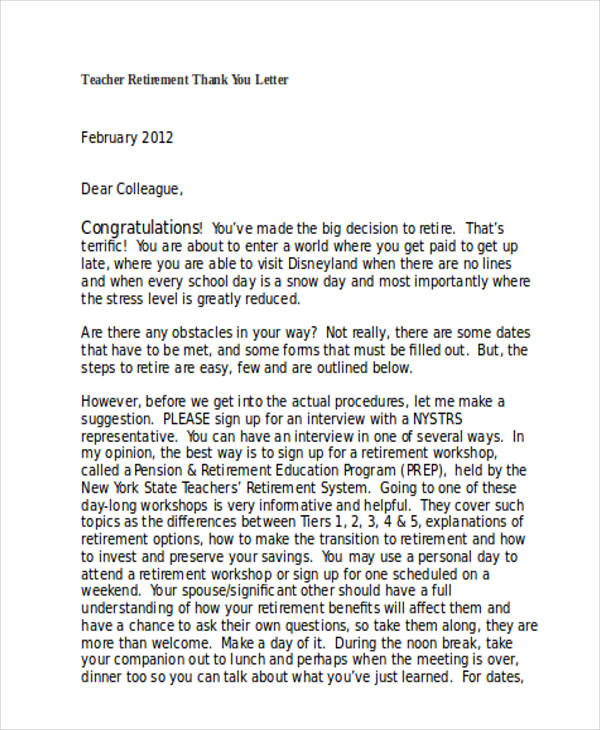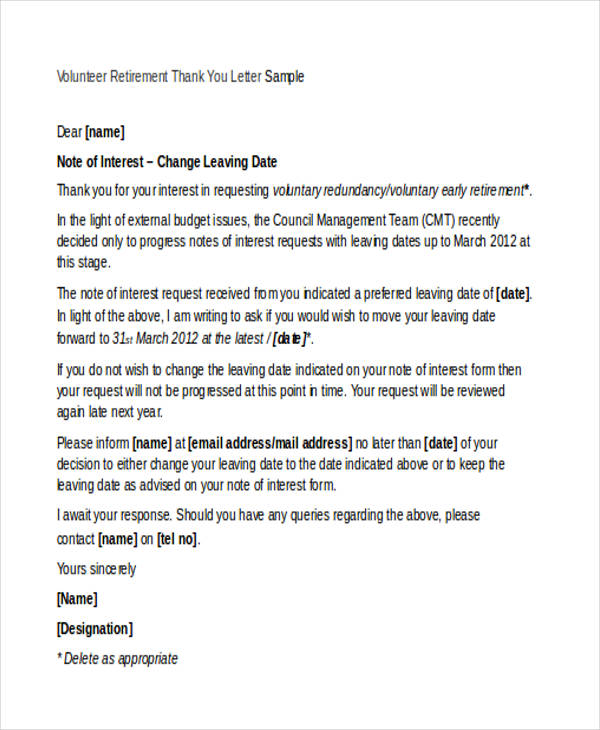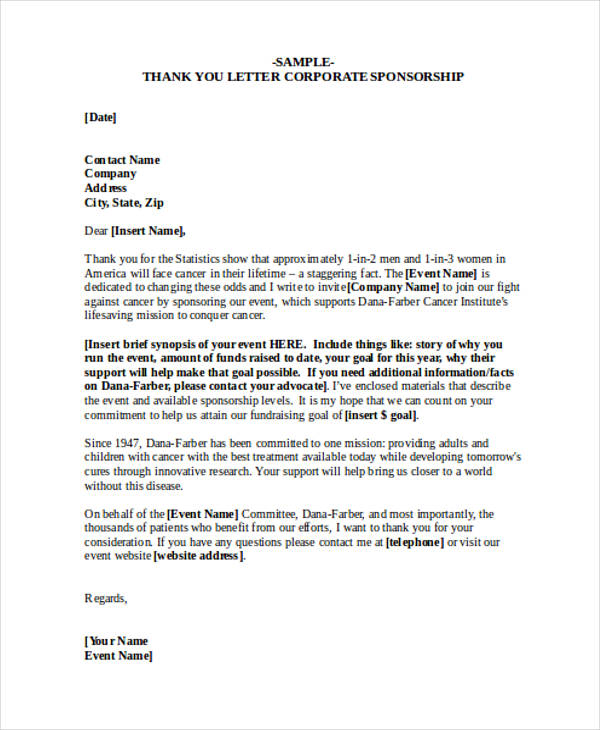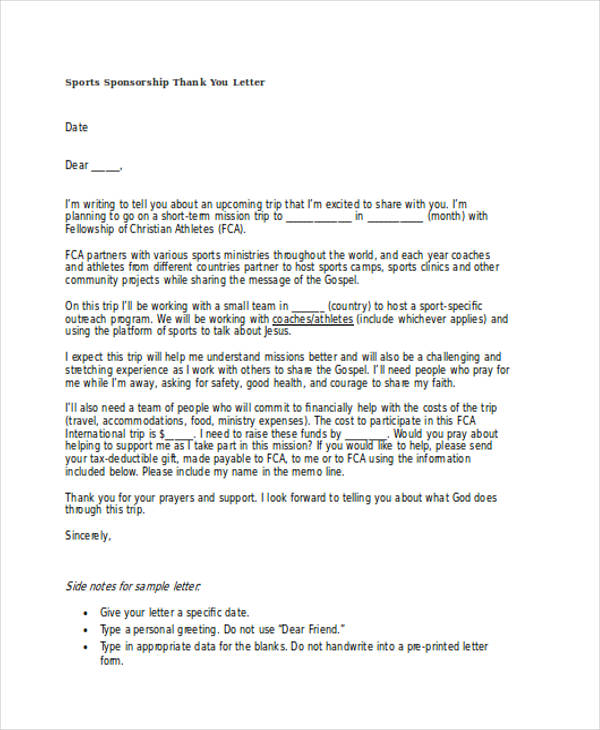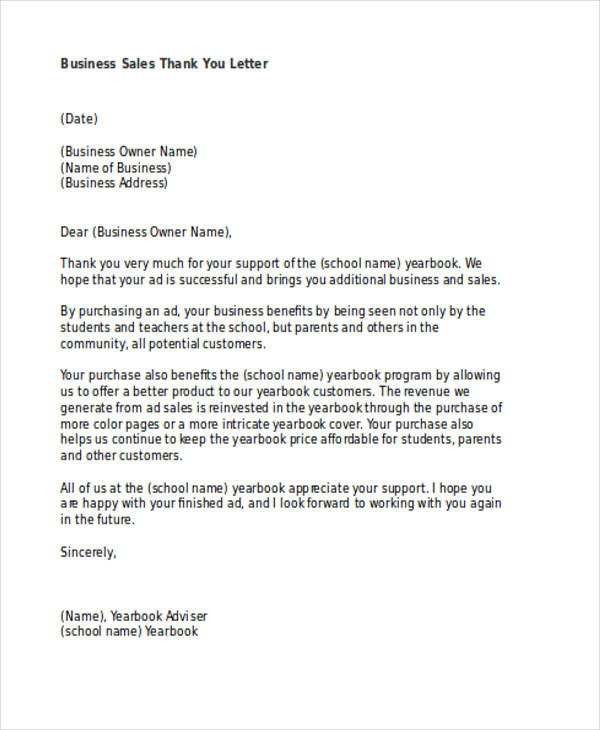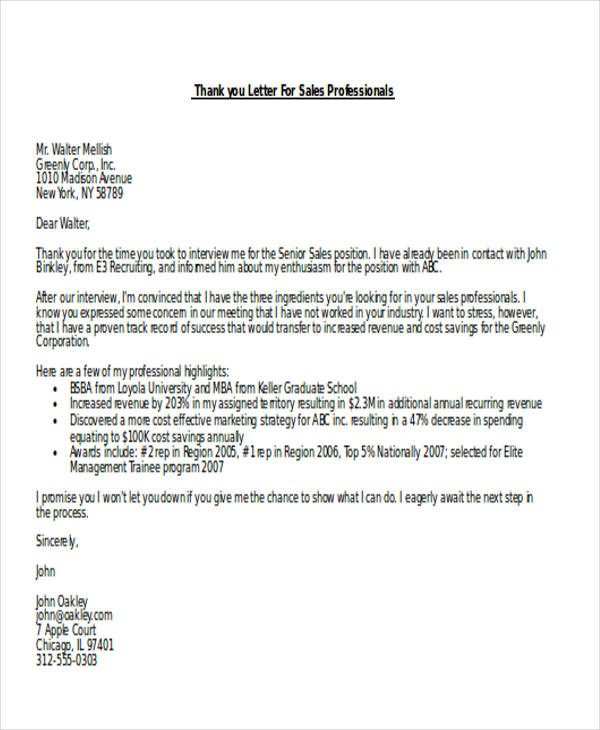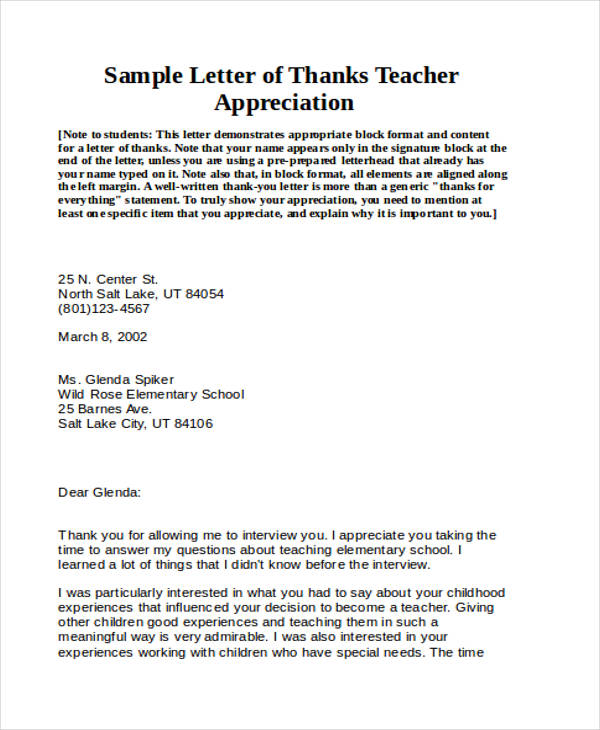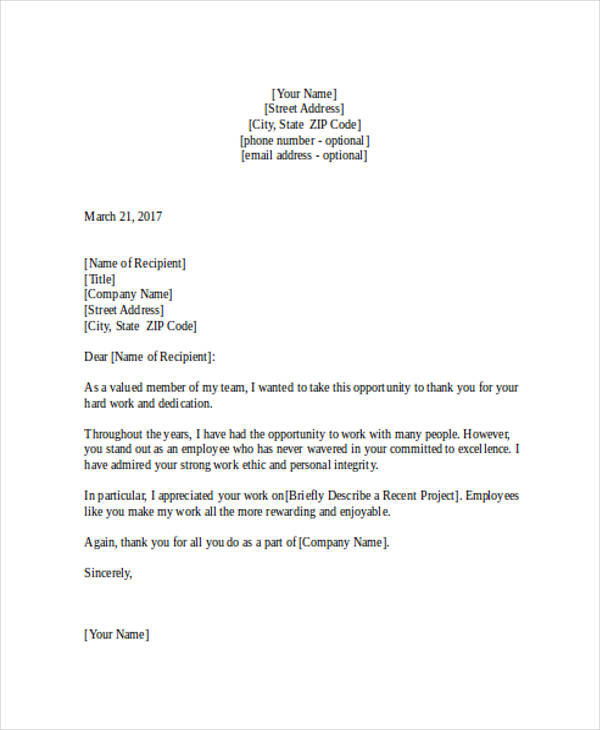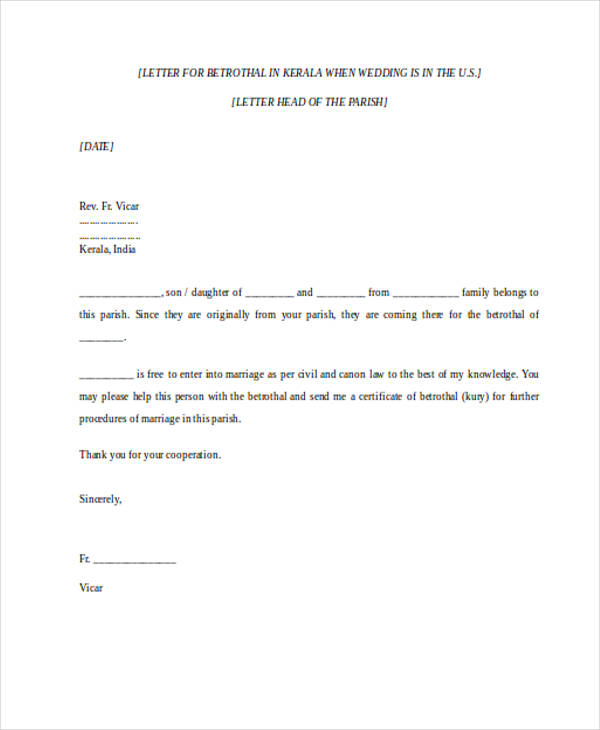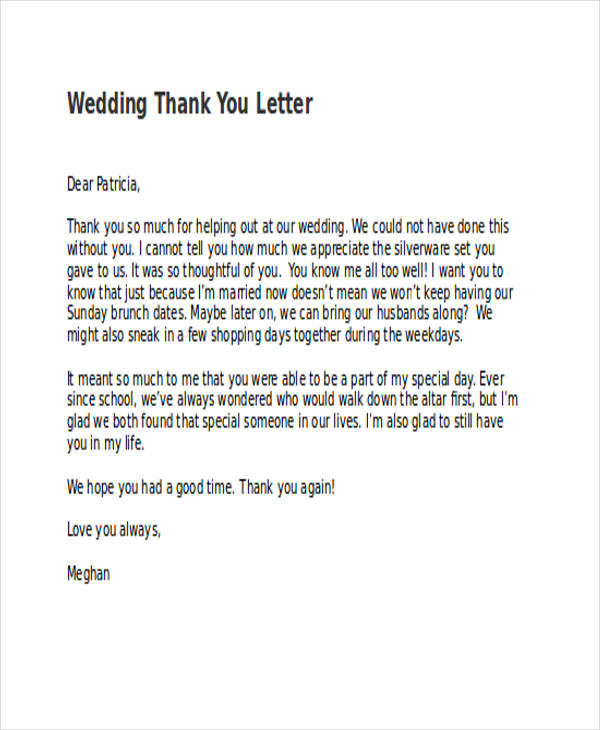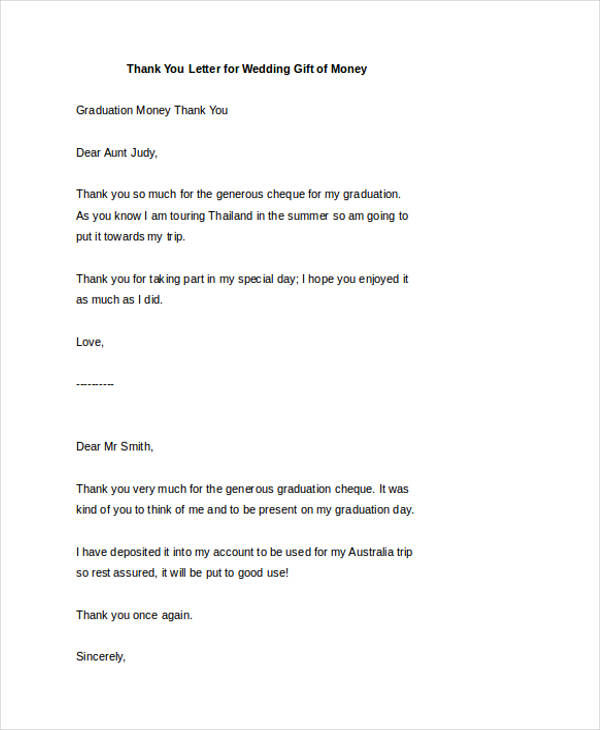74+ Thank-You Letter Examples to Download
Thank you” are two words that are often used. But an utterance of this defines a person’s unique attitude, that is, gratefulness. Nowadays, being polite is often associated with weakness, patience with cowardice, and gratitude with hypocrisy.
However, don’t think that everything in the world today is evil. There are still some who possesses good characteristics. Save your thanks for later once this is all done. For now, let’s give an overview of how a thank-you note letter should be like.
Restaurant Meeting Thank You Letter Example Template
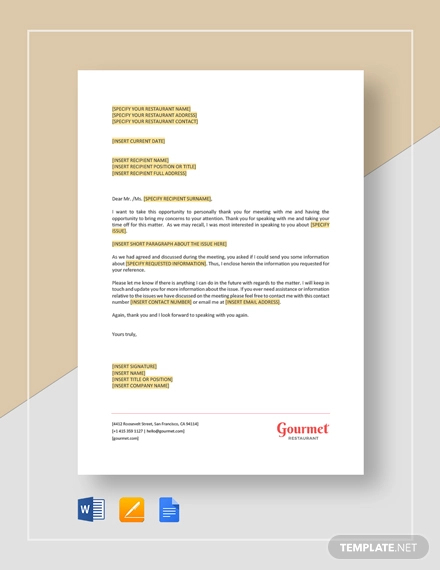
Restaurant Follow Up Thank You Letter Example Template
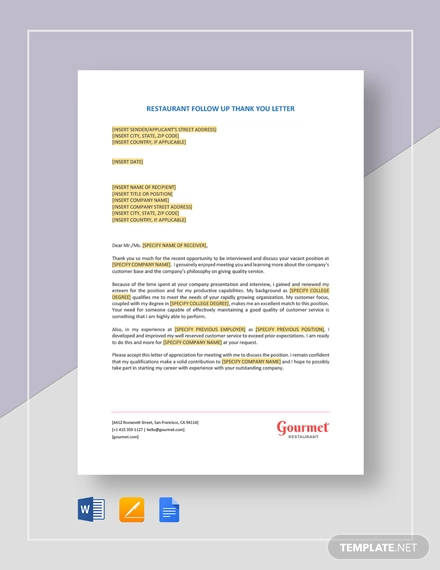
Formal Thank You Letter Template
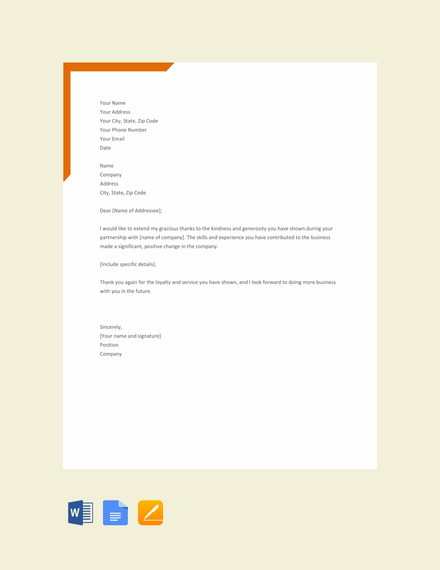
Thank You Letter for Recommendation Template
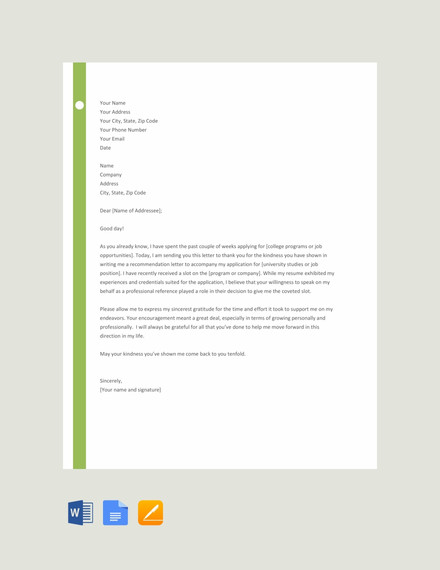
Thank You letter for Job offer Template
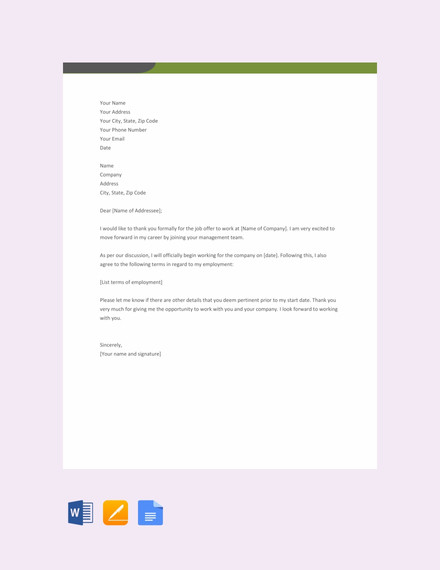
Thank You Letter for Your Service Template
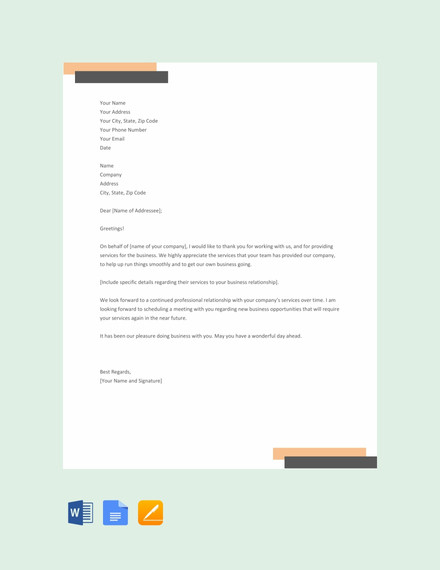
Scholarship Thank You Letter Examples
High School Scholarship Thank You Letter Sample
Scholarship Recipient Thank You Letter
Nursing Scholarship Thank You Letter
Appreciation Thank You Letters
Teacher Appreciation Thank You Letter
Customer Appreciation Thank You Letter
Employee Appreciation Thank You Letter
Business Thank You Letters
Professional Business Thank You Letter Example
Business Communication Thank You Letter
Business Customer Thank You Letter Sample
Birthday Thank You Letter Samples
Example Thank You Letter for Birthday Gift
Birthday Party Thank You Letter
Birthday Wishes Thank You Letter
Construction Thank You Letters
Construction Company Thank You Letter
Construction Job Thank You Letter
Construction Interview Thank You Letter
Donation Thank You Letters
School Donation Thank You Letter
Food Donation Thank You Letter
Church Donation Thank You Letter
Employment Thank You Letters
Employment Interview Thank You Letter
Sample Thank You Letter for Employment Opportunity
Event Thank You Letter Examples
Event Sponsorship Thank You Letter
After Event Thank You Letter Sample
Thank-You Letters Revisited
A thank-you letter are words of appreciation a person wishes to convey in a respectful and honest manner to somebody that may be of importance to him/her. Thank-you letters are usually brief and concise and if put into essay writing, limited to one page.
There are different ways a thank-you letter can be written.
If the recipient is a dear friend or an acquaintance, it can be handwritten. Here you have to be personal, intimate, and open with the words that you write.
On the other hand, a thank-you letter could be used in a business setting. There are situations that require a business thank you letter. For example: an appreciation letter to the CEO for being the guest of honor in a company event; a thank you letter to an employee for a job well done; or an expression of gratitude to another company for a partnership agreement.
Why Bother with a Thank-You Letter?
It is natural to humans to be grateful about something good done to them. And by showing that you are thankful, you are building a connection and creating a positive relationship with the other party. That is all what we want to achieve in our relationships and businesses, don’t we?
Formal Thank You Letters
Formal Business Thank You Letter
Formal Thank You Letter for Job Offer
Formal Thank You Letter For Internship
Graduation Thank You Letters
Graduation Thank You Letter to Parents
Graduation Thank You Letter to Teacher
College Graduation Thank You Letter
Gift Thank You Letters
Gift Thank You Letter Example
Memorial Gift Thank You Letter
Retirement Gift Thank You Letter Sample
Hotel Thank You Letter Examples
Hotel Thank You Letter to Guest
Hotel Staff Thank You Letter
Interview Thank You Letters
Executive Interview Thank You Letter Example
Second Interview Thank You Letter
After Interview Thank You Letter
Internship Thank You Letters
Internship Interview Thank You Letter
Internship Offer Thank You Letter
Job Thank You Letters
Job Acceptance Thank You Letter
Job Interview Thank You Letter
Job Rejection Thank You Letter
Meeting Thank You Letter Examples
Business Meeting Thank You Letter
Executive Meeting Thank You Letter
After Meeting Thank You Letter
Tips in Writing a Thank-You Letter
Anyone can write an expression of gratitude but only a few can do it with finesse. Here are a few tips for you to become the best in writing thank-you letters.
- Start with a personal greeting. Whether it be a business or personal thank you letter, always personalize your greeting. In a business setting, be more formal letter but never lose the personal ingredient: “Dear Mr. Smith” or “Dear Dr. Langdon.” However, if the recipient of your business thank-you letter is a buddy or a close acquaintance, you can say “Dear Margaret” or “Dear John.” Again, never ever lose a taste for intimacy.
- Watch out with your words. Whether it is a business or a personal thank-you letter, always be careful with the words you use. Some words or phrases connotes negative meanings and it varies among different cultures and norms. Always double-check the dictionary or at least consider the cultural background of the person you are sending the letter to.
- Never compromise on quality. Always put your best foot forward. From the quality of the paper you are using to the format of your letter, always, always use an unparalleled quality. Many friendly thank-you letters are written on scented papers. In business letters, try to use standard paper but have it typewritten.
- Be genuine. Writing a thank you letter alone does not fulfill the mission of stating your appreciation. Some people can detect your insincerity from miles away. Be careful who you are dealing with. It could be the last thank-you letter you will be writing.
Nursing Thank You Letters
Nursing Interview Thank You Letter
Nursing Preceptor Thank You Letter
Nursing Student Thank You Letter
Non-Profit Thank You Letters
Non-Profit Organization Thank You Letter
Non-Profit Donation Thank You Letter
Non-Profit Sponsorship Thank You Letter
Personal Thank You Letter Samples
Sample Personal Thank You Letter for Donation
Personal Thank You Letter to a Friend
Personal Thank You Letter to Client
Real Estate Thank You Letters
Real Estate Agent Thank You Letter
Real Estate Referral Thank You Letter
Real Estate Sale Thank You Letter
Retirement Thank You Letters
Retirement Thank You Letter to Colleague
Teacher Retirement Thank You Letter
Volunteer Retirement Thank You Letter
Sponsorship Thank You Letters
Sponsorship Event Thank You Letter Sample
Corporate Sponsorship Thank You Letter
Sports Sponsorship Thank You Letter
Sales Thank You Letters
Business Sales Thank You Letter
Professional Sales Thank You Letter
Teacher Thank You Letter Examples
Teacher Appreciation Thank You Letter
Employee Appreciation Thank You Letter
Wedding Thank You Letters
Wedding Thank You Letter to Parents
Basic Wedding Thank You Letter
Wedding Gift Thank You Letter
Types of Thank-You Letters
- Scholarship Thank-You Letter. This is commonly used by students who have been given scholarship grants. It could either be a school, an organization, or a benefactor. In this letter, a structure has to be followed and professionalism has to be well observed.
- Business Thank-You Letter. You have to write this letter with a keen observation not just on the words but the sense it emanates to maintain professionalism. Just like a business card, it has to be short and straight to the point. An optional way of writing a business thank you letter is via email.
- Employment Thank-You Letter. This is business-inclined letter as it is more often associated with job applications and business agreements. As an employee, being grateful for being offered a job is still a trait admired by most companies.
- Birthday Thank-You Letter. There are different ways where a birthday thank-you letter can be used. It could either be a gratitude for a birthday present, a birthday invitation, or simply by coming to your natal day celebration.
- Donation Thank-You Letter. The usual people who write this kind of letters are those who hold nonprofit organizations. This is a way for them to show that the help they received is much appreciated.
The way we respond or act on the little things reflect a lot about our personality. Our simple acts of kindness and generosity are great things when given to people who need them the most.


